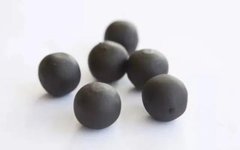
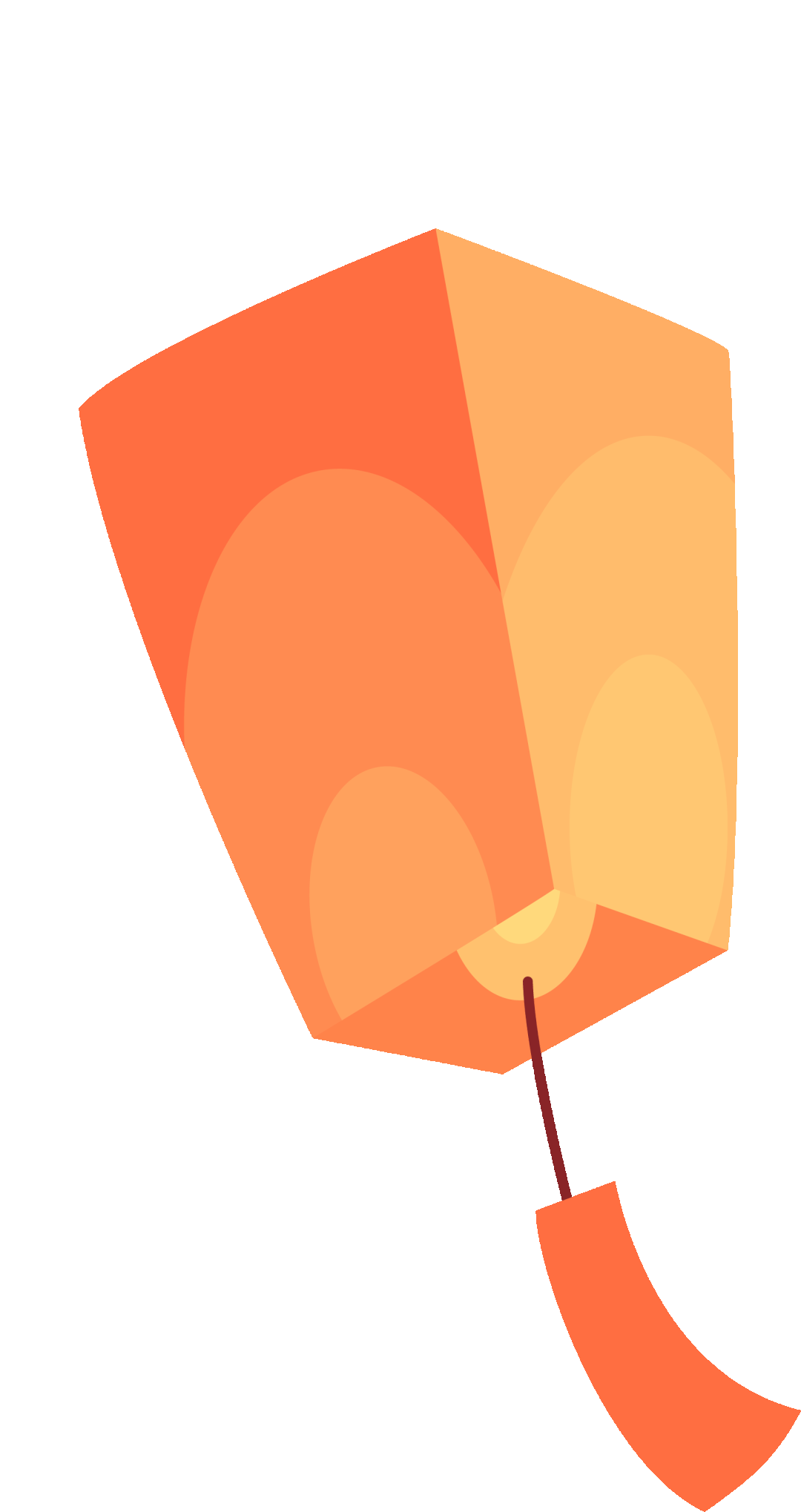
Pills are one of the main dosage forms of traditional Chinese medicine (TCM). They can be classified into different types based on the excipients used: water pills, honey pills, water-honey pills, paste pills, and wax pills. The main preparation methods are the plastic method and the pan method.
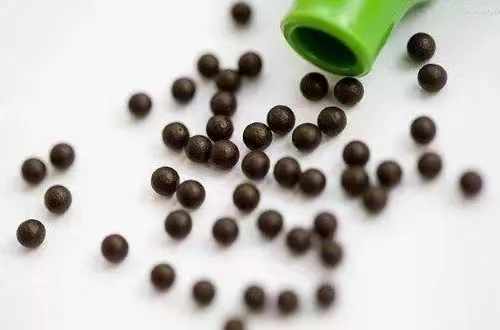
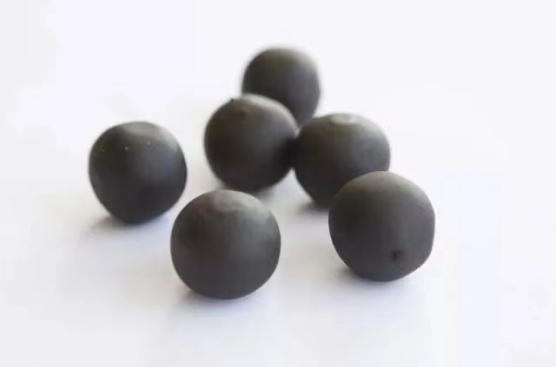
1. Plastic Method
The plastic method involves mixing finely powdered herbs with suitable excipients (such as wetting agents, binders, absorbents, or diluents) to form a plastic mass, which is then divided into doses to create pills. The main process flow is as follows:
Mixing and refining → Pill shaping → Wet pill drying → Polishing and coating → Packaging → Storage

(Honey pills made by the plastic method)
The plastic method is mainly used for the preparation of honey pills, paste pills, and micro-pills. This method is simple, has a short production cycle, and is over 50 times more efficient than the pan method. The production process can be controlled by setting technical parameters of the equipment, resulting in pills that are round, uniform in size, and of stable quality. It has gradually been adopted by pharmaceutical companies.
2. Pan Method
The pan method refers to a technique where finely powdered herbs are mixed with a wetting agent or binder in a suitable rolling device, allowing the pills to grow layer by layer through alternating powdering and wetting.
Mechanism: The liquid moistens the particles and adheres to their surfaces. Due to the adhesive force of the liquid, solid particles stick together to form granules. During the rotation, excess liquid is pressed out from the outer side of the granules, and this surface liquid can continue to adhere to other particles, gradually forming dense spherical granules.
The main process flow is as follows:
Herbs and excipients → Film formation → Pill formation → Surface coating → Drying → Selection of pills → Coating → Quality inspection → Packaging
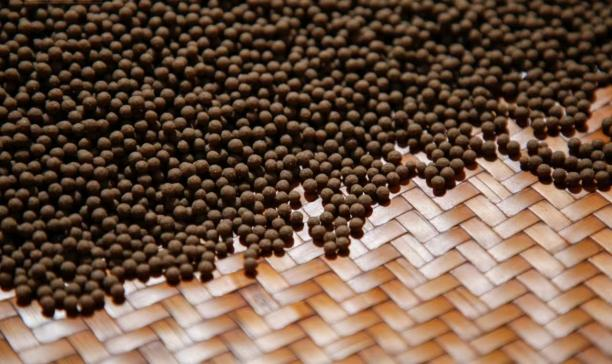
(Water pills made by the pan method)
The pan method is mainly used for the preparation of water pills, water-honey pills, paste pills, concentrated pills, and micro-pills. Manual pan pill making can be done using a pill board, but it has now been replaced by mechanical pan pill machines, commonly using small continuous pill-making machines and coating pots. Modern coating and granulating machines utilize the basic principles of the pan method, allowing mixing, film formation, pill formation, coating, and drying processes to be completed in the same machine, making it an optimal device for preparing micro-pills of Western medicine.

Traditional Chinese medicine originated in primitive society, and by the Spring and Autumn and Warring States periods, TCM theories had already taken shape, having a profound influence. The culture of TCM has a long history and still awaits our exploration. Wishing everyone a happy Mid-Autumn Festival!!!
References:
[1] Ao Wei Yi, Guan Yuan Zhou, Liang Yi. Quality Risk Management Based on the Production Process of Chinese Herbal Pills [J]. China Pharmaceutical Industry Journal, 2019, 50(08): 943-948. DOI:10.16522/j.cnki.cjph.2019.08.020.
[2] Zhou Li Fa, Zhao Xiao Ying. The Making and Quality Control of Chinese Herbal Pills [J]. Pharmaceutical Engineering Design, 2011, 32(04): 12-18.

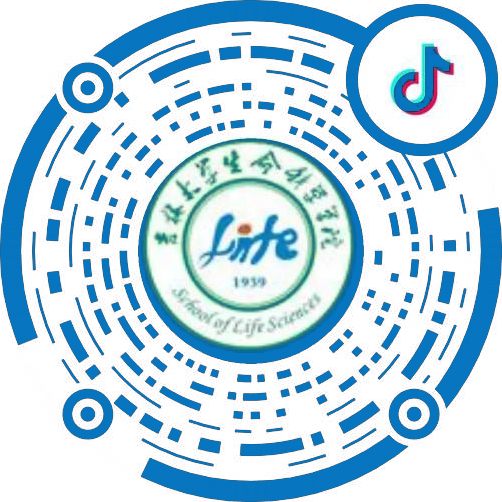
Douyin

Public Account

Bilibili
Long press to scan the code
Follow us
Text | Wang Hui Ling
Images | Baidu Images
Editor | Qi Yan Qiu
Reviewer | Wu Bing Ya
Professional Advisor | Wang Guan
Guiding Teacher | Ding Zi Rui

